James Joyce: Fairview, Dublin
James Joyce's peripatetic childhood has left a number of homes for a pilgrimage map, though not all of which you can visit. With this one, you can stay over, booking a room in one of the author's many childhood homes via airbnb. In fact, you can rent the entire three-bedroom house, which was built in 1860. From the pictures online one can see it's got lovely outdoor decking, a swish modern kitchen and a smart TV, but you don't have to squint at the hall, stairs or sitting room to be able to conjure up the Joyce clan, possibly working out their next move – they lived in at least 17 houses. The bedrooms in this one are particularly lovely, with sash windows and neutral colours, and anyone who remembers the opening lines of Portrait will be delighted to hear the beds look supermodern. airbnb.ie/rooms/19504300
Brontë Sisters: Haworth Parsonage, Yorkshire, England
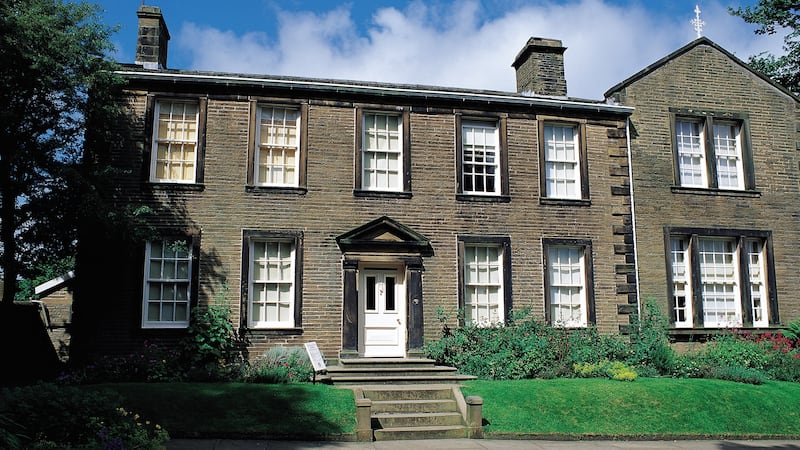
Release your inner Cathy, or Heathcliff, at the Brontë Parsonage Museum in the pretty village of Haworth, West Yorkshire. Celebrate Emily's bicentenary, which falls this year, and find out more about Charlotte, Anne and Branwell, a name that would surely be overdue a revival if he hadn't come to such a poor end. There's an Irish connection – their father was Irish – and the museum holds a comprehensive archive of their works. It also has loads of period features in their original setting, from Mr Brontë's study to Charlotte's bedroom, where both she and her mother died at the age of 38. It means there are loads for detail fiends to pore over, including a kitchen with furniture and utensils that belonged to the family. bronte.org.uk
Charles Dickens: Doughty Street, London
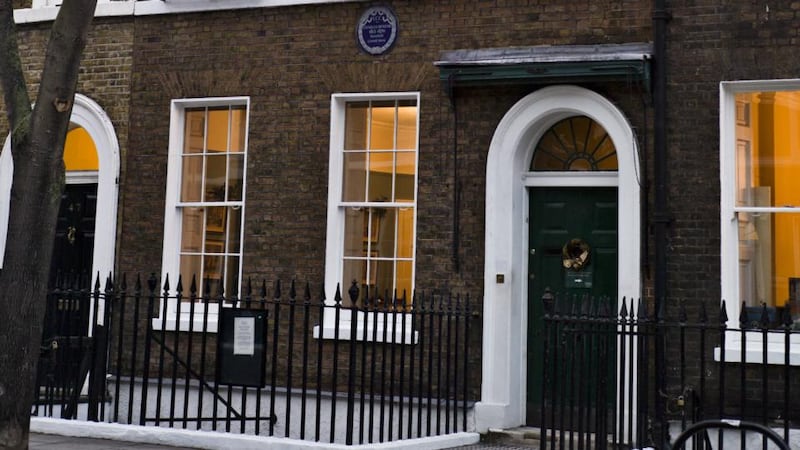
How appropriate that Dickens should have lived at 48 Doughty Street, a name redolent of so many of his characters. He moved in just before Victoria assumed the throne and raised the eldest of his 10 children here, all while hosting some of the period's leading figures. The heart of the house is the author's study, where he wrote Oliver Twist, Nicholas Nickleby and The Pickwick Papers, the books that brought him fame. Inevitably there's an onsite Curiosity Shop, with an equally inevitable range of "Please Sir can I have some more" crockery, but you also take a special "housemaid's tour" to find out about what went on behind the scenes at Dickens' "house in town", the only surviving house in London in which he and his family lived. He is reported to have been an active interior decorator, choosing furniture, paint colour and wallpaper designs himself, as well as putting in a shower unit and conservatory. By one account he removed the dado rails and went all modern by papering all the way to the floor. dickensmuseum.com
Oscar Wilde: Merrion Square, Dublin
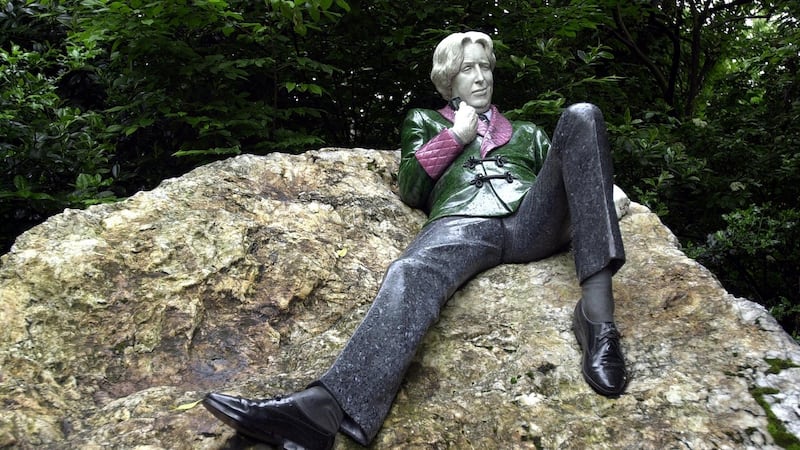
This one is highly educational, not least because it's now the home of the American College Dublin, at 1 Merrion Square. Wilde, who lounges in statue form on a rock across the road, grew up here. Thanks to the philanthropy of one of the school's patrons, the building has undergone a series of impressive restoration works involving plasterwork and joinery, as well as restoring the original stone and wooden floors. Reproduction Georgian furniture and suitably period style paints, mirrors, rugs and fabrics have done an impressive job. Even more remarkable, however, is that, prior to the time the family moved in, in 1855, it was the squares on the northside that Dubliners considered most fashionable. Tours by appointment only. iamu.edu
Thomas Hardy: Dorset, England
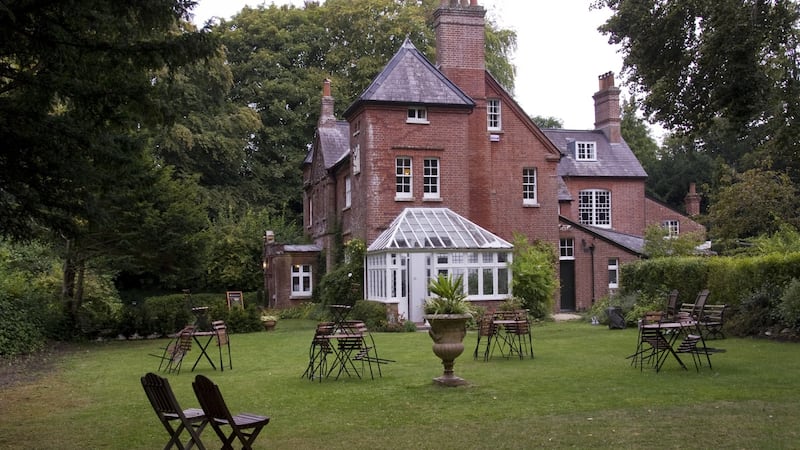
Who could but love gloomy old "down their carved names the rain-drop ploughs" Thomas Hardy. It's only in recent years that Max Gate, the atmospheric Victorian home he designed – he was a trained architect – has opened up to the public. It's well worth the visit. The big red brick villa is where he wrote some of his greatest work – Tess of the d'Urbervilles paid for his extension. Of particular interest is the attic hideaway he designed for first wife Emma. Intended as a day time retreat for painting and sewing, she ended up moving there full-time, which tells you everything you need to know about the marriage. Unfortunately, the original furniture is gone but being a National Trust property, rest assured that what's in there now is spot on. And don't miss Hardy's Cottage, a beautiful cob cottage, complete with thatch, the writer grew up in three miles away. nationaltrust.org.uk/max-gate
Beatrix Potter: Hawkshead, Lake District, England
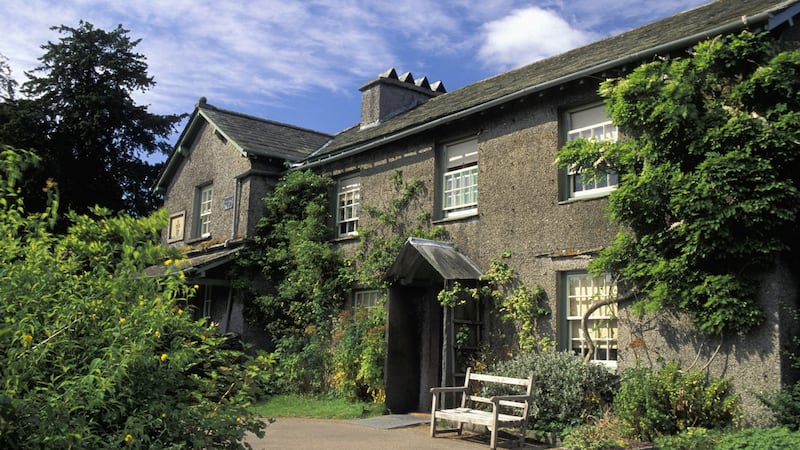
Bringing the kids? Make a beeline for Hill Top, Beatrix Potter's country cottage which looks for all the world as if she has just stepped out to pull a lettuce. Bought in 1905 with the proceeds of her first book – take a bow Peter Rabbit – she set about packing the 17th century farmhouse to the brim with an eclectic mix of curios and objet d'art gathered, magpie style, from around the world. Antiques, some 400 years old, paintings and modern items are all still there to be seen. A large number of them – including drawings, letters, toys and other Peter Rabbit items – are just back from an exhibition in Japan. The traditional cottage garden is worth going for alone. nationaltrust.org.uk/hill-top
Wordsworth: Grasmere, Lake District, England
Like Hill Top, Dove Cottage is another example of Lakelands vernacular architecture, and former home of William Wordsworth. The poet fell in love with the house while wandering lonely as a cloud back in 1799. Before you could say "intimations of immortality" he had moved in, installing his sister Dorothy too for many years of "plain living and high thinking". In Dorothy's case also mending and ironing. Made of local stone with lime washed walls and a slate roof, it's a four-up, four-down home with original oak panels and slate floors that point to its former life as a pub. The garden is particularly lovely having been restored to the unkempt state the pair preferred. wordsworth.org.uk
WB Yeats: Coole Park, Gort, Co Galway
Like Wilde, Ireland's Nobel laureate also lived on Merrion Square, both at 52 and 82, the latter owned by Maud Gonne. But in terms of homes to visit, it has to be Thoor Ballylee on part of Lady Gregory's Coole estate in Gort, Galway. The Norman tower and adjoining cottages have been tastefully restored in recent years, though it's most famous restorer would be Yeats himself. By his own account he seems to have put in the mill boards and the sea green slates himself, though that may be poetic licence. He at least credits the iron work to a local forge, though only perhaps because it rhymes with George. yeatsthoorballylee.org
Somerville & Ross: Drishane House, Cork
See the birthplace of the astute and comic works of Somerville & Ross, the Cork cousins who gave the world Flurry Knox and Francie Fitzpatrick. Edith Somerville spent most of her life living in Drishane House, which dates to around 1780 and is still in the same family. There's a museum to visit and lots to see in the house including curtain swags dating to 1820, wallpaper from the 1830s, and a chamber pot still hidden behind a shutter in the dining room. Visits can be made by appointment but you also have the option of booking one of three holiday cottages secluded amid its 18 acres. drishane.com
Victor Hugo: Paris
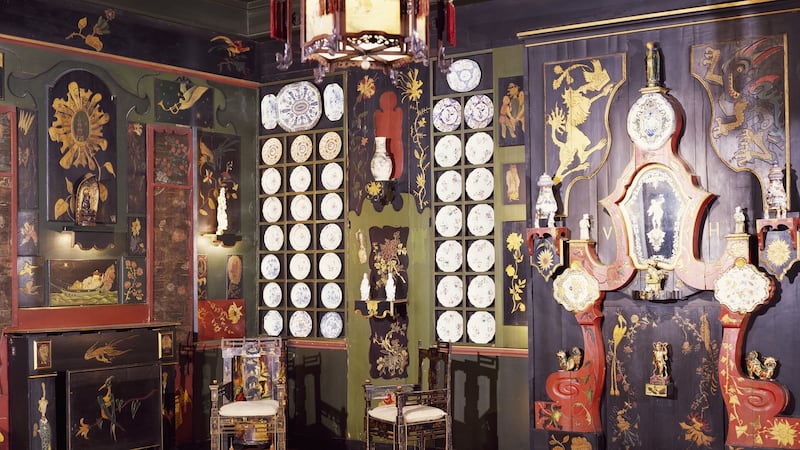
Hunchback of Notre Dame writer – and avid decorator – Victor Hugo lived in a second-floor apartment in the Hotel de Rohan-Guemenee in Paris from 1832 to 1848. Contrary to what the name suggests, an hotel particulier is not a hotel but a townhouse development for aristos. His is in a very nice part of the Marais and visitors today can see his original and quite surprising interiors, including a medieval style dining room and a very red bedroom. The museum is laid out to display the three main stages of his life – before, during and after his 15-year exile in Guernsey. Who's Mis now? Actually if you want to see some really jaw-dropping interiors, head to Hautesville House, his home on the island. Just not this year, it's closed for renovations. maisonsvictorhugo.paris.fr
John Keats: Keats Shelley House, Rome
No one needs an excuse to holiday in Rome but as an additional incentive, literary loving design hounds should seek out the Keats Shelley House, right on the Spanish Steps – how more romantic could you get? It was the final dwelling place of Keats, who died there in 1821, a mere babe of 25. His bedroom is preserved as a shrine, while throughout the rooms are a wealth of letters, manuscripts, paintings and other memorabilia related to the romantic poets. Deep breaths now, you really don't want to suffer Stendhal's syndrome so close to a stairs. keats-shelley-house.org











